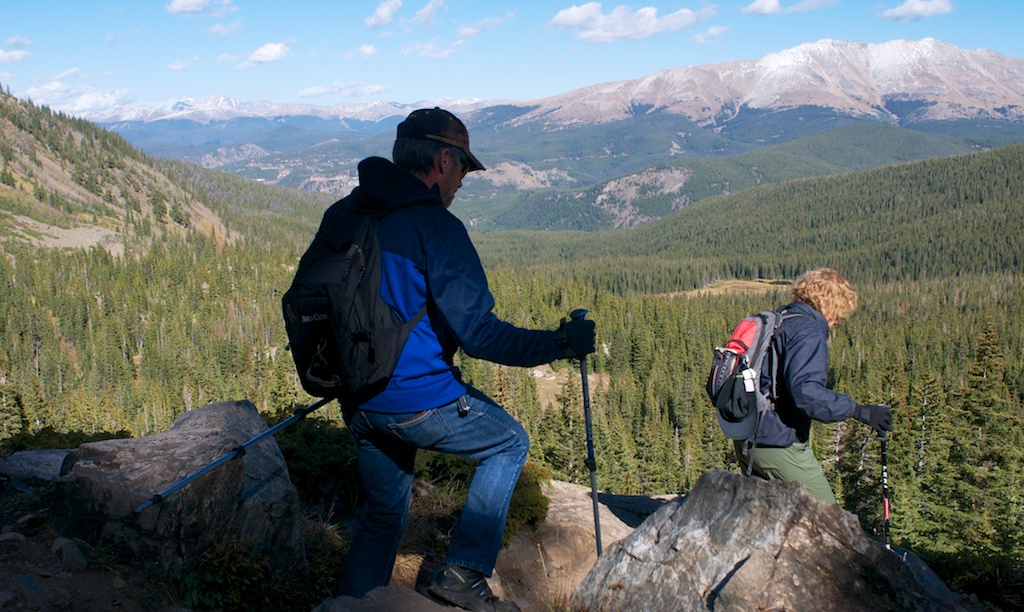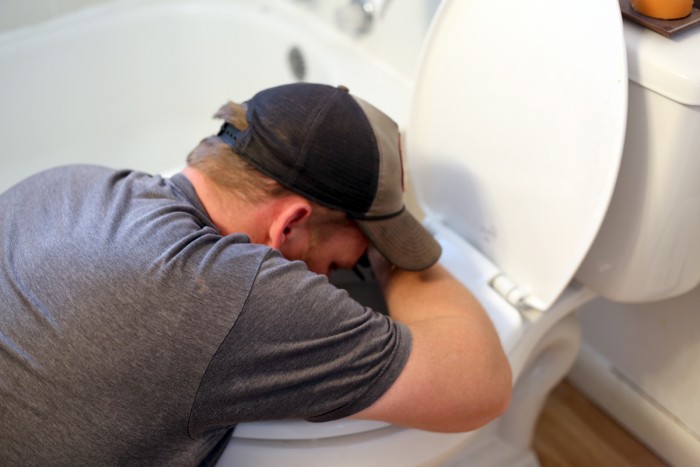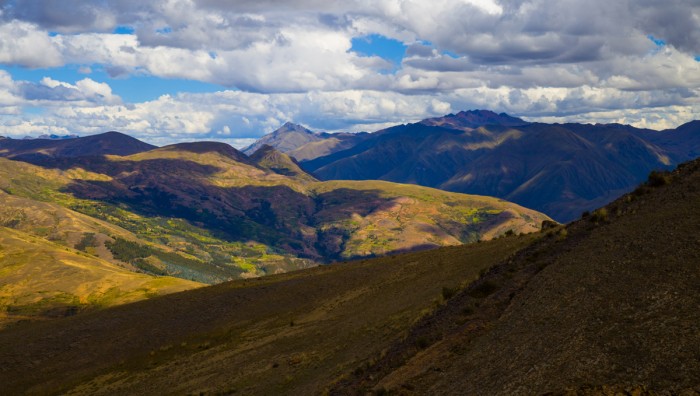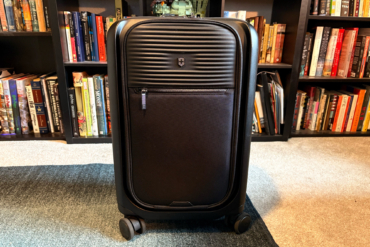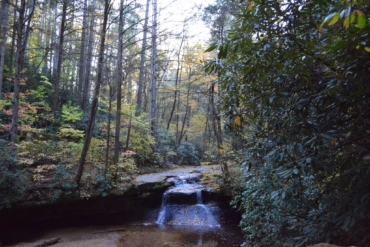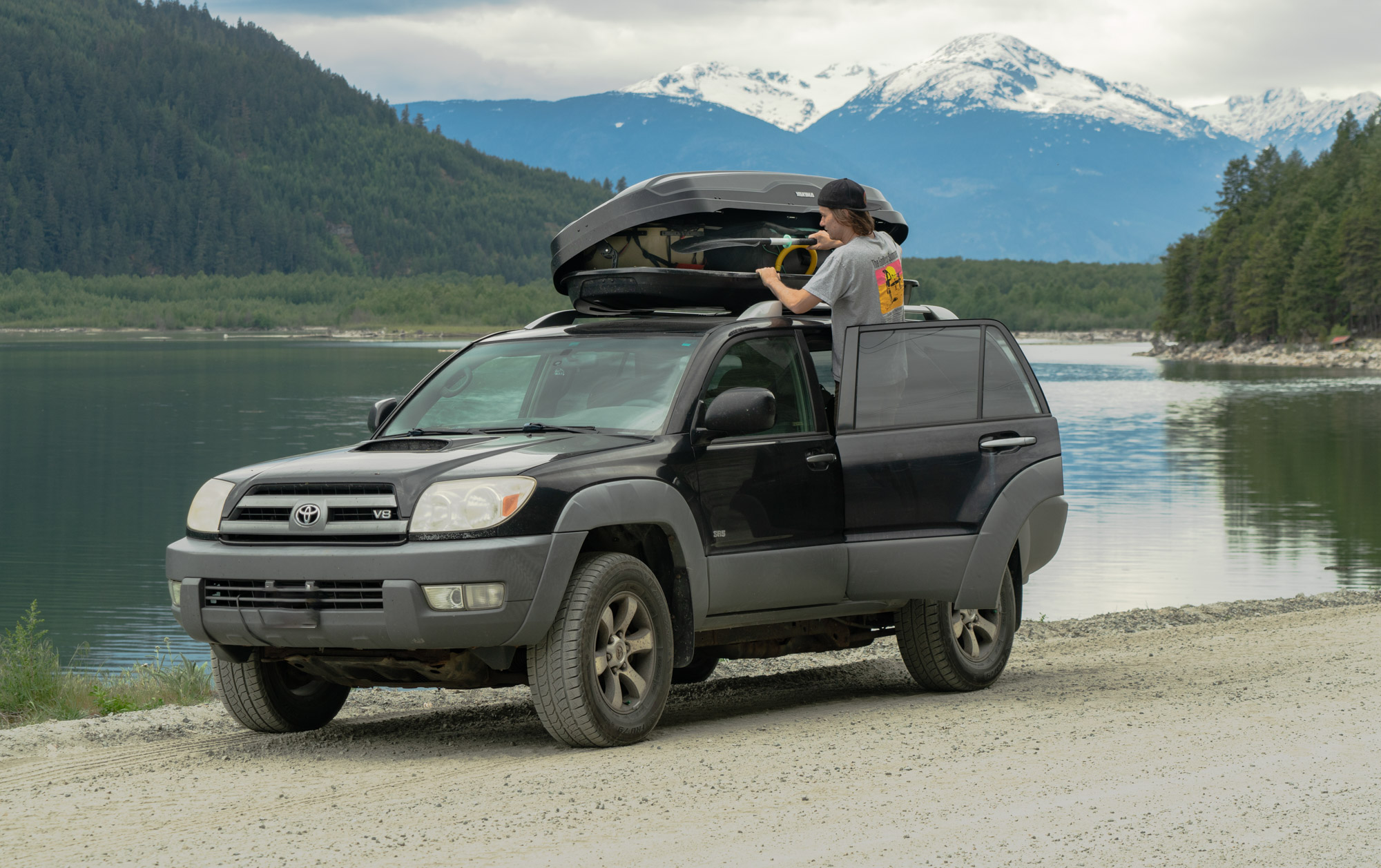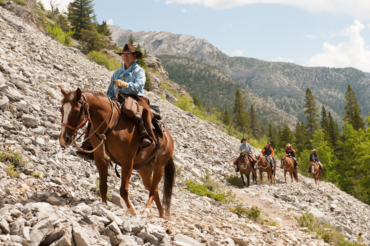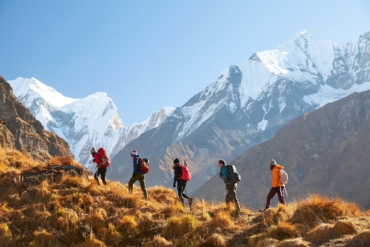Altitude affects everyone differently. Be it climbing a Colorado 14er or an afternoon stroll in Cusoco, Peru, there are a few ways to prepare for the dreaded ‘soroche’ — A.K.A. altitude sickness.
My body’s used to sea level. For the last month or so, I’ve been living and working between two and four miles above that on a trip around Peru. I spent the first couple days hugging a toilet and haven’t gotten a truly satisfying breath since I arrived in the Andes.
My climbing friends refer to it as acute mountain sickness, and my wife, who’s in nursing school, calls it hypobaropathy. I like the local word — soroche. I haven’t looked it up but I’m pretty sure the formal definition’s “puking at altitude.” Regardless of the terminology, it’s brutal and can be deadly.
How It Works
Altitude sickness is a physiological reaction to exposure to low partial pressure of oxygen. It normally occurs above 8,000 feet.
It starts with a headache and shortness of breath, like you took a brisk run on an empty stomach, and it quickly spirals into a nasty hangover, swelling, and a case of sleep apnea.
Your appetite disappears and whatever you are able to choke down gets a round-trip ticket. That’s the mild version, and for most people it stops there outside of extreme altitudes.
Joe Austin, medical review manager at NOLS, says people shouldn’t be overly concerned if they experience minor symptoms. “When people have issues, more often than not, it’s because they ascended too rapidly,” Austin said.
“Somewhere along the way the symptoms, especially the headache, become constant and hard to ignore. If you have a headache that’s not getting any better, hang out at that elevation and proceed slowly.”
In the case you’re taking on an extremely rapid ascent, that’s when things can turn ugly. Here’s what to look for.
H.A.P.E. And H.A.C.E.
If it progresses, you’ll end up with what’s called ataxia — a loss of coordination that leaves your gait looking like a frat boy on a bender. Beyond that, all the symptoms get worse until you not-so-eventually drop dead.
If you have altitude sickness, you should be on the lookout for high altitude pulmonary edema (H.A.P.E, which is excess fluid on the lungs) and high altitude cerebral edema (H.A.C.E., which is fluid on the brain).
Both can be fatal. Warning signs of H.A.P.E. include breathlessness while resting, a high fever, or coughing up frothy fluid.
Signs of H.A.C.E. include confusion, clumsiness, and stumbling, uncharacteristic, laziness, excessive emotion, or violence. Drowsiness and loss of consciousness occur shortly before death.
The first course of action for both is to descend immediately to a lower altitude and seek medical attention. Drugs dexamethasone and acetazolamide can help, as can oxygen.
Lucky for me, I was able to descend to around 8,000 feet for a day as serious symptoms began popping up. There at a lower elevation my symptoms subsided.
Preventing Altitude Sickness
Despite what I believed before this trip, physical fitness has little to do with altitude tolerance beyond the perks of a bigger lung capacity. But there are a few things that can help.
Number one is drink lots of water — more than normal. Staying well hydrated can help, and counteract the dehydration common to many newbies in the low-humidity environment common at high altitude
What shouldn’t you drink? Alcohol, at least in excess. If you’re traveling to high altitude, don’t be surprised if the beer feels stronger. Most people feel the affects of alcohol much more quickly at altitude, so go easy on the booze.
If you know there’s a high altitude trip on the horizon, call your doctor and ask for a drug called Diamox, especially if you have a history of altitude sickness. Also known by the generic name acetazolamide, it helps prevent and reduce the symptoms of altitude sickness such as headache, tiredness, nausea, dizziness, and shortness of breath. It is a diuretic, and decreases the build up of fluid in the body.
Your doctor can direct you in the proper usage.
Joe Austin of NOLS notes the best way to avoid soroche is to “go gradually, and try not to sleep higher than 2,000 addition feet per night, and take rest days whenever possible.”
He continued, “Remember that prior success at altitude is no guarantee of success in the future.”
How to Fix it
There’s only one sure-fire fix for sorroche — moving to a lower altitude. While this does tend to screw up summit attempts, treks, tours, and basically everything else that brought you up here, it’s better than the alternative. Your best bet, though, is to be careful, be prepared, and listen to your body.
